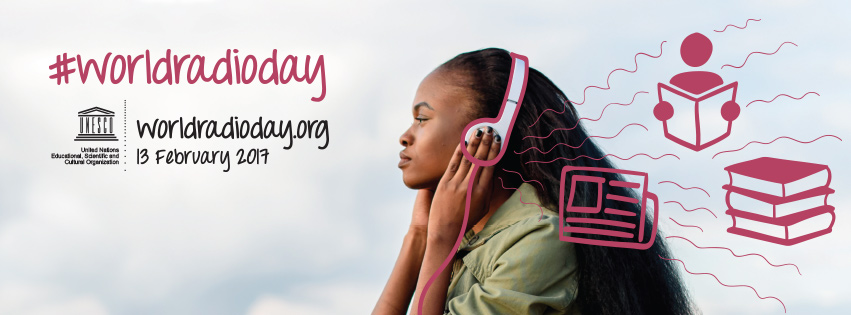Today, February 13, is World Radio Day (http://www.diamundialradio.org/?q=en)! What an opportunity to take a closer look at the most recent developments around the expansion of digital radio. Only last week, the EBU published its second Digital Radio Report (https://www.ebu.ch/files/live/sites/ebu/files/Publications/EBU-MIS%20-%20Digital%20Radio%20Report%202017.pdf), stating that 1206 European radio stations are currently broadcasting via DAB or DAB+, of which 369 are digital-only. This is by far not the only recent advancement in this area.
In the DAB+ (http://www.worlddab.org/) country Germany, we are not far off from an implementation of “Emergency Warning Functionality (EWF)“ for digital radio. EWF is a reliable and cost-effective service for informing the public of impending dangers or catastrophes within a short period of time while at the same time providing additional information such as codes of conduct. The warning announcements and all supplementary information are fed directly into the digital radio multiplex, for example via broadcast encoders based on Fraunhofer’s DAB ContentServer technology. Digital radio sets will then automatically switch on the emergency program, even those in standby mode, and inform the public about the hazardous situation. Additional information in several languages will be provided on the display, making the warning functionality compatible for non-native speakers as well as persons with hearing impairments. Comprehensive information and instructions are delivered directly to the radio device, without requiring an internet connection, which may no longer be working.
In general, the number of European DAB+ programs with supplemental services such as Journaline or slideshow pictures is on the rise. This allows digital radio to offer more benefits and value for listeners, in addition to the well-known advantages, such as a larger selection of programs, higher sound quality, more stable networks, as well as cost and energy savings due to a more efficient usage of frequencies and lower transmitting capacity.
While in Germany DAB+ and FM coexist for now, Norway is the first country in the world that has started to deactivate FM radio and kicked it off with the Bodø region on January 11, 2017. In the meantime, another region has said goodbye to analogue radio, and deactivating FM permanently in the remaining areas of Norway is scheduled for completion in December 2017. Norway prepared as much as possible for a seamless transition where more than 99.5 percent of the country was technically supported by DAB+ digital radio in January 2017. Numbers from October 2016 revealed that over 70 percent of Norwegian households own at least one DAB+ receiver, and 64 percent of Norwegians listen to radio via DAB+ on a daily basis.
A deactivation of FM radio is also scheduled in Southern Tyrol. The northern Italian province recently switched from DAB to DAB+ and 99.3 percent of the population is now being provided with digital radio programs. The first FM transmitter sites are set to be shut down by the end of 2017.
The situation in Switzerland is quite similar: Here, digital radio is already available in about 98 percent of the country. Which is why a gradual deactivation of FM will start in 2020.
In some other European countries, the digital age of radio is really only just about to begin: in Austria, the KommAustria for the first time advertised frequencies for digital radio in January 2017, and the Ukraine recently decided to provide a frequency spectrum for DAB+.
France is a step ahead, DAB+ has already been available for some time in the Paris, Marseille and Nice regions. Soon Lille, Lyon and Strasbourg will be added to the list.
It is not only in the area of DAB+ where there has been a lot of progress recently – Digital Radio Mondiale (DRM) (http://www.drm.org/) has made some big steps forward, especially in India. We will report about this topic in part two of this article next week. Stay tuned!
Header image © WorldRadioDay / UNESCO
This post is also available in: Deutsch

